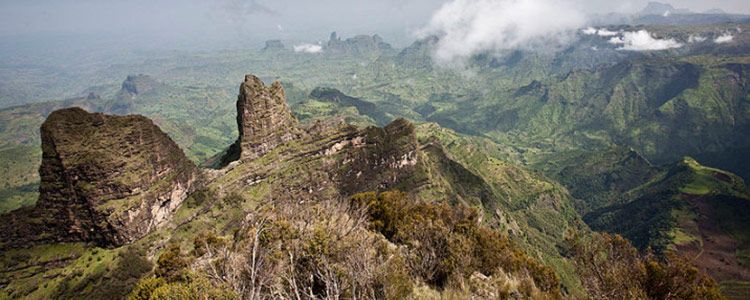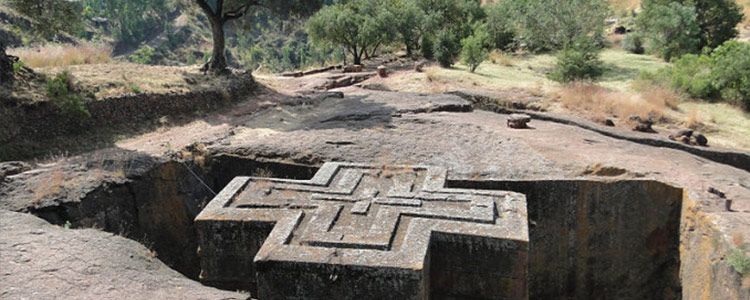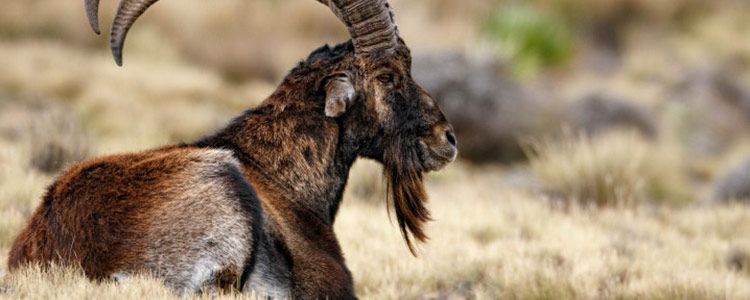Ethiopia is one of the most ancient countries in the world and it is also becoming one of the trending destinations for the discerning traveler.
Here is a country that is the earliest known home of humankind: from Lucy, one of our earliest ancestors who lived 3.5 million years ago, to modern humans from about 200-160,000 years ago. It has been center stage in the diffusion of three of the great religions; Judaism, Christianity and Islam. Ethiopia was one of few countries to resist colonization, but centuries of monarchy fell with Haile Selassie, who was replaced by a self-styled communist military junta, itself overthrown by the Ethiopian People’s Revolutionary Democratic Front, and the one-party state is now a federal democratic republic.
Today amongst the many attractions that Ethiopia has to offer are visits to religious sites. Israelite tribes arrived in the time of Menelik I who according to legend was the son of King Solomon and the Queen of Sheba, and who brought the Ark of the Covenant with him from Jerusalem. The great stone monuments in Akum symbolise the civilization that thrived between the 1st and 7th centuries CE, which became the first major empire to convert to Christianity. Islam arrived from across the Red Sea coast: the walled city of Harar (in Arabic “the City of Saints”) is recognised by UNESCO as the fourth holy city of Islam and has mosques that date from the 10th century. King Fasilides’s Castle in the former capital of Gondor marks where the Ethiopian Orthodox Christianity was established in the late Middle Ages, and the Church of Our Lady Mary of Zion in Axum is where it is claimed the Ark of the Covenant is now found. Lalibela is well-known for its eleven monolithic 12-13th century churches hewn out of rock. The monastery of Debre Damo is perhaps less visited but only because it requires clambering up a cliff at the end of rope held by a monk.
All these would be enough to make Ethiopia a fascinating place to visit and travel through, but Ethiopia has so much more to offer. It is a country of contrasts. The vast Abyssinian highlands straddle the northern and central part of the country (from where coffee originated as well as the Blue Nile), with the Rift Valley lakes to the south of the capital Addis Ababa; to the west the land drops to the grasslands of Sudan, to the east and south to the arid lowlands of the Red Sea and the Horn of Africa. There are eleven national parks and six wildlife sanctuaries: the Simien Mountains National Park in the north of the country and the Bale Mountains National Park which is south of Addis Ababa are perhaps the best known, and are home to a number of endangered species, including the Ethiopian wolf (or Abyssinian foxe) and the walia ibex, a wild goat found nowhere else in the world, and the Gelada Baboon.
Tourist infrastructure and services are improving fast but they are relatively basic compared with other East African countries. Timeless has excellent local contacts and guides with whom we can plan your trip.




